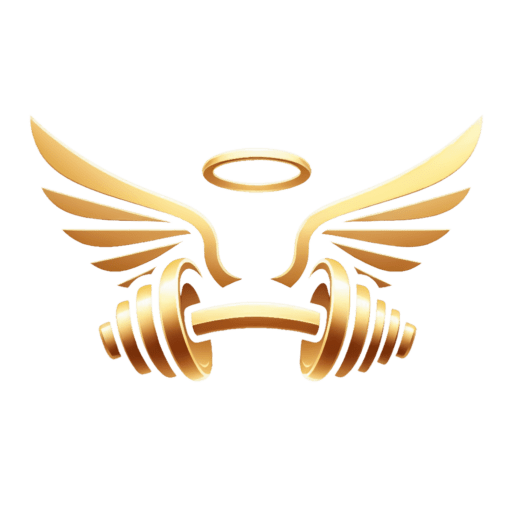What is the Incline Bench Press ?
The incline bench press is similar to the flat bench press.
It is a compound exercise that emphasizes the clavicular head of the pectoral muscles with heavy loads, involving other muscles for assistance (deltoids, triceps, and serratus).
The incline bench press can be performed with a free barbell, on a guided rack, or with dumbbells:
- The barbell incline bench press is suitable for more people than the barbell flat bench press, but it can still limit some individuals due to the wide range of motion that puts a lot of stress on the shoulder tendons and joints.
- The guided rack incline bench press presents the same drawbacks, although it involves fewer muscles as the movement is guided and requires less stabilization.
- The dumbbell incline bench press also engages many muscles but allows for a more significant contraction of the chest due to the converging movement. However, the movement is much less stable and does not allow for as much loading as the flat bench press.
How to perform the Incline Bench Press ?
Incline Bench Press with Barbell:
- On a bench inclined at 30 degrees, position your head under the bar so that your eyes are directly in line with the bar when it’s on the rack.
- Grip the bar with your hands at a width roughly equal to the width of your shoulders. Press your shoulder blades against the bench in a low and tight position.
- Arch your back without excessive exaggeration, but accentuate it enough to emphasize the chest cage.
- Place your feet as far back as possible under the bench while keeping your heels on the ground (maintain strong pressure on your feet throughout the movement).
- Once you have your three points of support (upper back and buttocks on the bench, feet on the ground), you are ready to unhook the bar and stabilize it with arms extended.
- Bend your arms, allowing your elbows to slightly flare outward (aim for an angle of about 45 degrees between your torso and arms).
- The bar should descend to the level of the upper part of your chest.
- As soon as you feel a stretch in your chest, extend your arms by bringing your elbows closer to the center of your chest.
Incline Bench Press on the Guided Rack:
- Place your incline bench at a 30° angle under the guided rack, ensuring that the safety features are in place.
- Position yourself under the bar, which should be aligned with the upper part of your chest.
- Grip the bar with your hands, maintaining a width roughly equal to the width of your shoulders.
- Press your shoulder blades against the bench in a low and tight position.
- Arch your back without excessive exaggeration, but accentuate it enough to emphasize the chest cage.
- Place your feet as far back as possible under the bench while keeping your heels on the ground (maintain strong pressure on your feet throughout the movement).
- Once you have your three points of support (upper back and buttocks on the bench, feet on the ground), you are ready to unhook the bar and stabilize it with arms extended.
- Bend your arms, allowing your elbows to slightly flare outward (aim for an angle of about 45 degrees between your torso and arms).
- The bar should descend to the level of the upper part of your chest. As soon as you feel a stretch in your chest, extend your arms by bringing your elbows closer to the center of your chest.
Incline Dumbbell Press:
- Grip dumbbells in your hands and sit on a bench with the dumbbells placed on your knees.
- Allow yourself to lean back, guiding the dumbbells with your knees one by one.
- Extend your arms to stabilize the dumbbells in front of your shoulders.
- Press your shoulder blades against the bench in a low and tight position.
- Arch your back without excessive exaggeration, but accentuate it enough to emphasize the chest cage.
- Place your feet as far back as possible under the bench while keeping your heels on the ground (maintain strong pressure on your feet throughout the movement).
- Once you have your three points of support (upper back and buttocks on the bench, feet on the ground), you are ready to execute the movement.
- Bend your arms, allowing your elbows to slightly flare outward (aim for an angle of about 45 degrees between your torso and arms).
- Let the dumbbells descend to the sides of your chest at the level of the upper part of your pectorals. As soon as you feel a stretch in your chest, extend your arms by bringing your elbows closer to the center of your chest.

